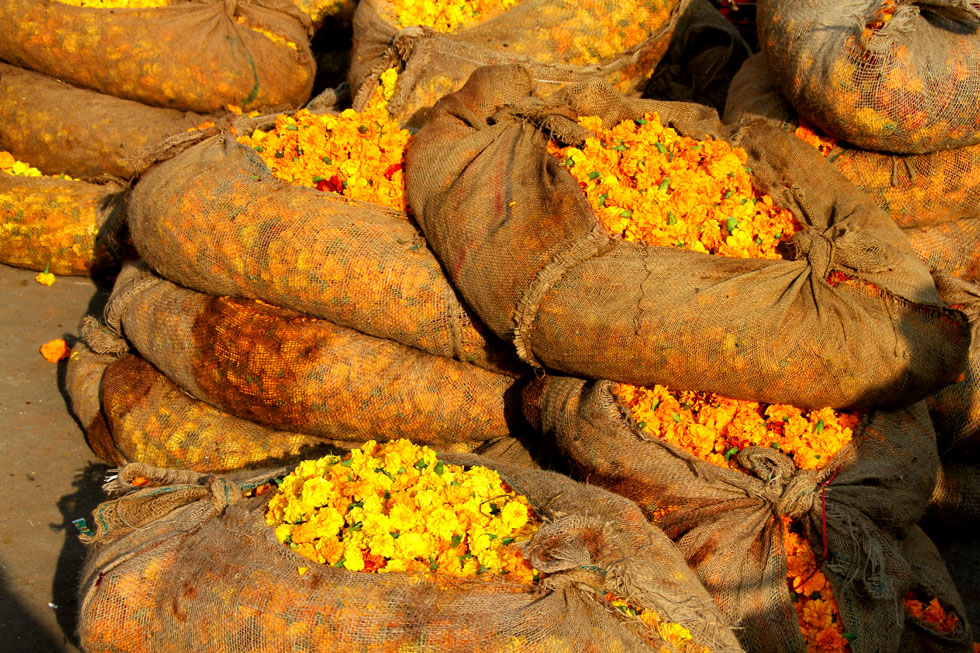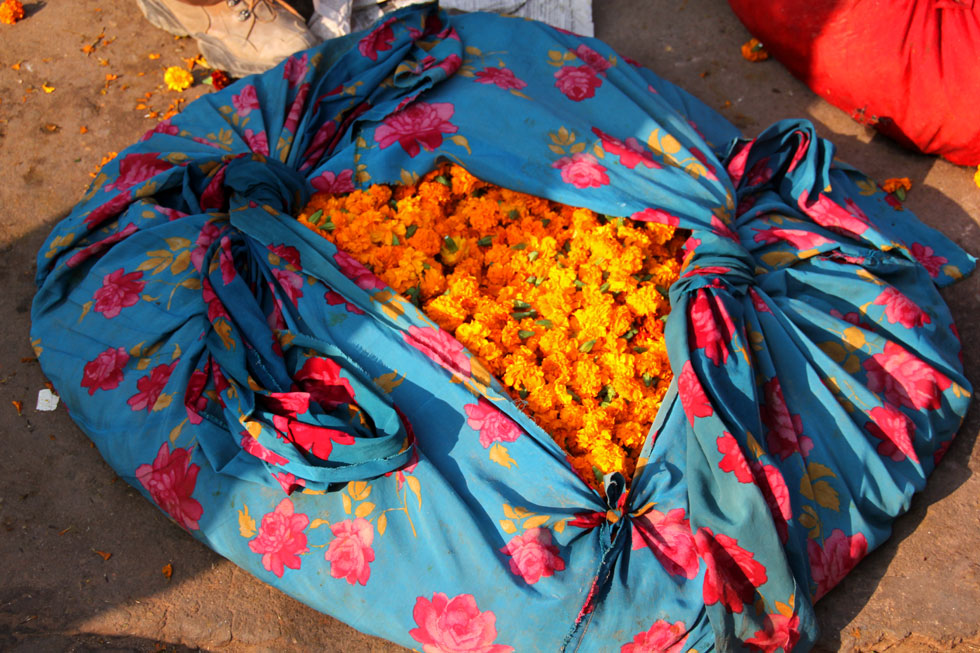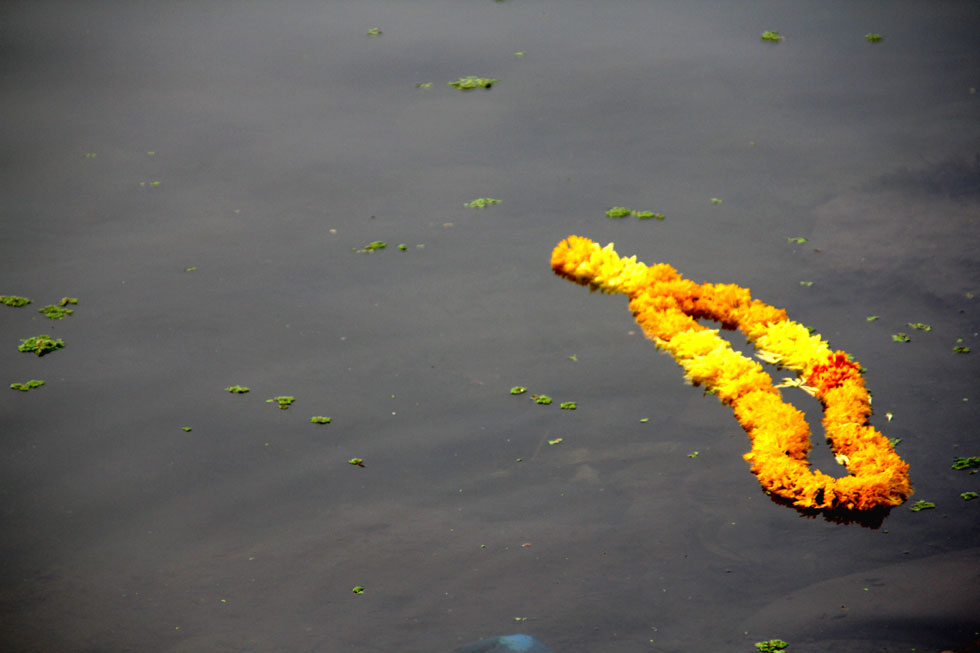Asian Flower Markets (11.07.13)
At this moment in the northern hemisphere’s summer, as Asian monsoon rains dominate both the Indian sub-continent and the majority of South East Asia, I think of rainbows, peacocks and petals.
It is now that rainbows spread their bright colours across the whole continent and that peacocks are more noticeable in their flying habit, as they flash across the sky like aerodynamic six foot darts.

At the same time, the continent’s flower markets, freshened by the clean monsoon air, start to smell as seasonally lovely as a freshly cut cricket pitch.
For photographers, the floral industry is always exciting. I have combined many a trip with an early morning visit to various markets around the world. Although the African flower market regions in the Rift Valley are hugely varied and eye-catching, as are tulip harvests in Holland, for me the Indian floral markets are the most special.
For thousands of years Asia has enjoyed a floriculture tradition. Ancient Sanskrit references in the Rig Veda to the cultural and spiritual significance of flowers in Indian society go back nearly 5,000 years. Today, aided by the diverse agricultural and climatic Indian conditions, flower-growers bring a year-round crop of temperate and tropical flowers to hundreds of local markets.

The local flower industry is dominated by small-holding farmers harvesting a 65,000 hectare area. As a result, the spectacular sight of neatly tied bundles travelling to market by bicycle, motorbike, rickshaw, truck and beast of burden is enthralling. Quickly traded, the flowers soon join the much larger sackcloth bumper bundles that will be transported into the larger cities with no time to spare.
Over sixty percent of the flower production is loose heads – jasmine, marigold, aster, chrysanthemum, tuberose, crossandra. The rest are stemmed flowers used for bouquets and traditional arrangements: orchid, carnation, rose, chrysanthemum, gerbera, gypsophila, gladiolus, tuberose and liliums.

Fresh floral garlands continue to be used as an honoured welcome symbol, just as ever-present floral displays enrich the typical street scenes.
When you next visit India, be sure to embrace the local significance of flowers, visiting some of the most colourful and vibrant local markets. Across the country they continue to bring a fantastic splash of colour, as well as waft of mythology.

















